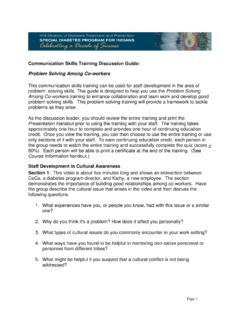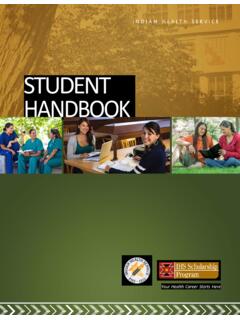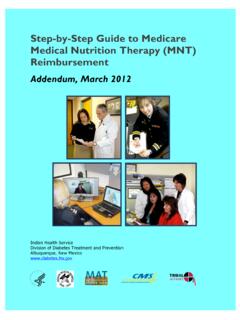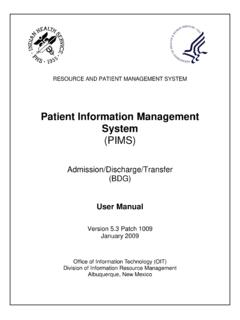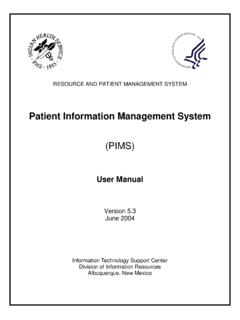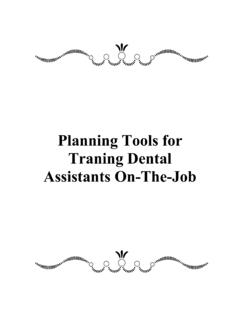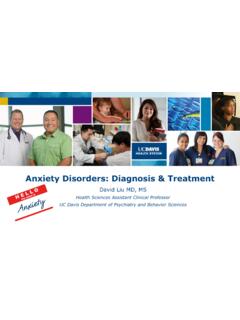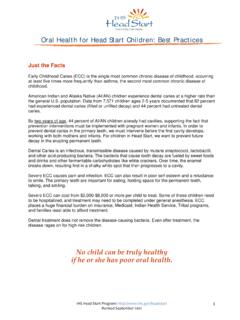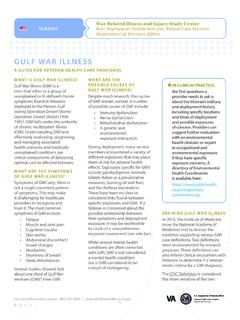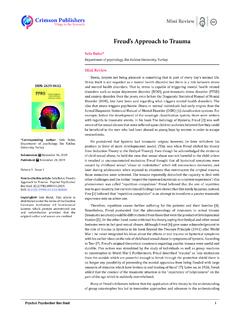Transcription of SEPARATION ANXIETY DISORDER
1 SEPARATION ANXIETY DISORDER . Martha J. Molly Faulkner, PhD, APRN, LCSW. Nurse Practitioner, Clinical Social Worker Division of Community Behavioral Health UNM, Department of Psychiatry and Behavioral Sciences January 19, 2017. OBJECTIVES. 1. Participants will identify three criteria listed in the DSM5 of SEPARATION ANXIETY DISORDER . 2. Participants will list three symptoms seen in either the family, classroom and community that are known to exist in children and adolescents with SEPARATION ANXIETY DISORDER 3. Participants will understand three methods to address and manage behavior related to SEPARATION ANXIETY DISORDER in the home, the classroom and in the community.
2 NORMAL SEPARATION ANXIETY . Developmentally normal in infants and toddlers until about age 3-4 years Mild distress and clinging occur when children separated from primary caregivers or attachment Left in daycare setting, or with those who do not usually care for them. SEPARATION ANXIETY DISORDER . DSM5 Persistent and excessive Fairly common ANXIETY ANXIETY related to SEPARATION DISORDER or impending SEPARATION from Occurs in youth younger then the attachment figure ( primary 18 years (persistent, lasting for caretaker, close family member) at least 4 weeks).
3 ANXIETY is beyond that and ADULTS (duration of 6. expected for the child's months or more). developmental level May be associated with panic Boys and girls similar symptom attacks that can occur with presentation comorbid panic DISORDER AT LEAST 3 OF THE FOLLOWING CRITERIA FOR AT LEAST 4. WEEKS (IF 18<) OR 6 MONTHS (ADULT). Recurrent excessive distress when Persistent reluctance or refusal to go out, anticipating or experiencing away from home, to school, to work, or SEPARATION from home or from major elsewhere because of fear of SEPARATION attachment figures Persistent and excessive fear of or reluctance about being alone or Persistent and excessive worry about without major attachment figures at losing major attachment figures or home or in other settings about possible harm to them, such as Persistent reluctance or refusal to sleep illness.
4 Injury, disasters, or death away from home or to go to sleep Persistent and excessive worry about without being near a major attachment experiencing an untoward event (eg, figure getting lost, being kidnapped, having an Repeated nightmares involving the accident, becoming ill) that causes theme of SEPARATION SEPARATION from a major attachment Repeated complaints of physical symptoms figure (eg, headaches, stomachaches, nausea, vomiting) when SEPARATION from major attachment figures occurs or is anticipated SEPARATION ANXIETY .
5 DISORDER . causes clinically significant distress or impairment in social, academic, occupational, or other important areas of functioning and is not better explained by another mental DISORDER such as refusing to leave home because of excessive reluctance to change in autism spectrum DISORDER delusions or hallucinations concerning SEPARATION in psychotic disorders refusal to go outside without a trusted companion in agoraphobia worries about ill health or other harm befalling significant others in generalized ANXIETY DISORDER or concerns about having an illness in illness ANXIETY DISORDER SYMPTOMS OF.
6 SEPARATION ANXIETY DISORDER . EMOTIONAL/ BEHAVIORAL PHYSICAL/SOMATIC. Fear something bad will happen to Bed wetting parent/caregiver or child if separated On school days complaining of Refusal to attend school to stay with cg Headaches Refusal to go to sleep without cg Stomachaces Fear of being alone Light headed Nightmares about being separated Faint Temper tantrums Dizzy Pleading Panic attacks Frequent nurse's office visits ASSOCIATED CONDITIONS: SELECTIVE MUTISM AND PANIC ATTACKS. 3/4's of children who present with Selective Mutism- SEPARATION ANXIETY DISORDER will have Comprehensive evaluation school refusal Ruling in or out comorbid conditions such Screen for selective mutism- may have as expressive and receptive language delays school refusal as symptom of selective and other communication disorders mutism ANXIETY disorders Panic attacks can be cause of school Social Phobia and refusal and commonly associated with SEPARATION ANXIETY DISORDER in youths and Selective Mutism adults SEPARATION
7 ANXIETY DISORDER : INCIDENCE AND COMORBIDITY IN THE US. Prevalence of school refusal and As many as 40% of students who do not SEPARATION ANXIETY DISORDER graduate high school have a diagnosable mental health DISORDER and children 7-11 yrs As many as one half of those individuals teens 14-16 yrs may have ANXIETY disorders , such as posttraumatic stress DISORDER ( ptsd ). 1/3 of have a depressive DISORDER and school phobia. (CDC, 2005). Among children with anxious school refusal and truancy, as many as 88% had 27% have ADHD, ODD, CD psychiatric DISORDER , (2003, Egger).
8 ANXIETY RELATED SCHOOL REFUSAL . HIGHLY ASSOCIATED. WITH OTHER PSYCHIATRIC disorders . Generally begins when the child first Significant relationships between enters school (age 5-6 y) and parenting style increases at age 10-11years, at which time truancy begins. relative poverty living in socially disadvantaged areas attitudes towards school School nonattendance (especially when it intensifies) and truancy the quality of the school system associated with the quality of peer interactions. an increased risk for social problems such as school failure unemployment drug misuse delinquency CHARACTERISTICS OF CHILDREN WITH.
9 SEPARATION ANXIETY DISORDER . No specific difference in prevalence Prognosis: rates for specific racial or cultural groups Waxing and waning DISORDER over years Somewhat increased incidence among close-knit families of lower 30-40% have psychiatric symptoms socioeconomic status and single parent into adulthood families. As much as 65% with SEPARATION Slightly greater in females than males ANXIETY DISORDER have a comorbid but school refusal equal between males ANXIETY DISORDER females Prognosis good with early Mean onset of SEPARATION ANXIETY detection an treatment with family DISORDER is at age yrs and child Mean onset of school refusal is at age yrs etiology OF.
10 SEPARATION ANXIETY disorders . Hormonal influences during pregnancy Children whose parents are over-protective and neonatal period with endocrine may be more prone to SEPARATION ANXIETY . activation during pregnancy May be a manifestation of parental SEPARATION Early SEPARATION or loss (infant not being ANXIETY as well -- parent and child can feed the raised by original primary caregiver) other's ANXIETY . result in lower cortisol levels and may Often have family members with ANXIETY or develop ANXIETY , learned helplessness, and other mental disorders suggests that a depression.
